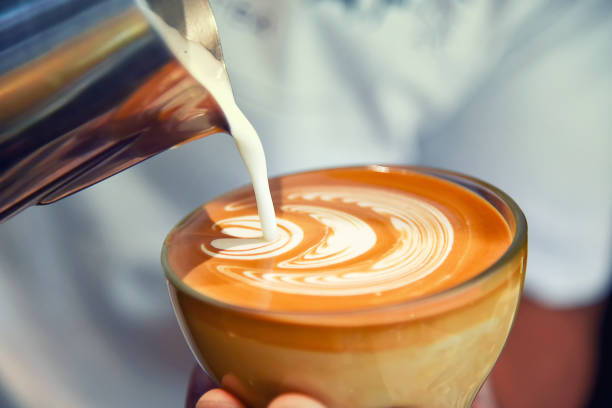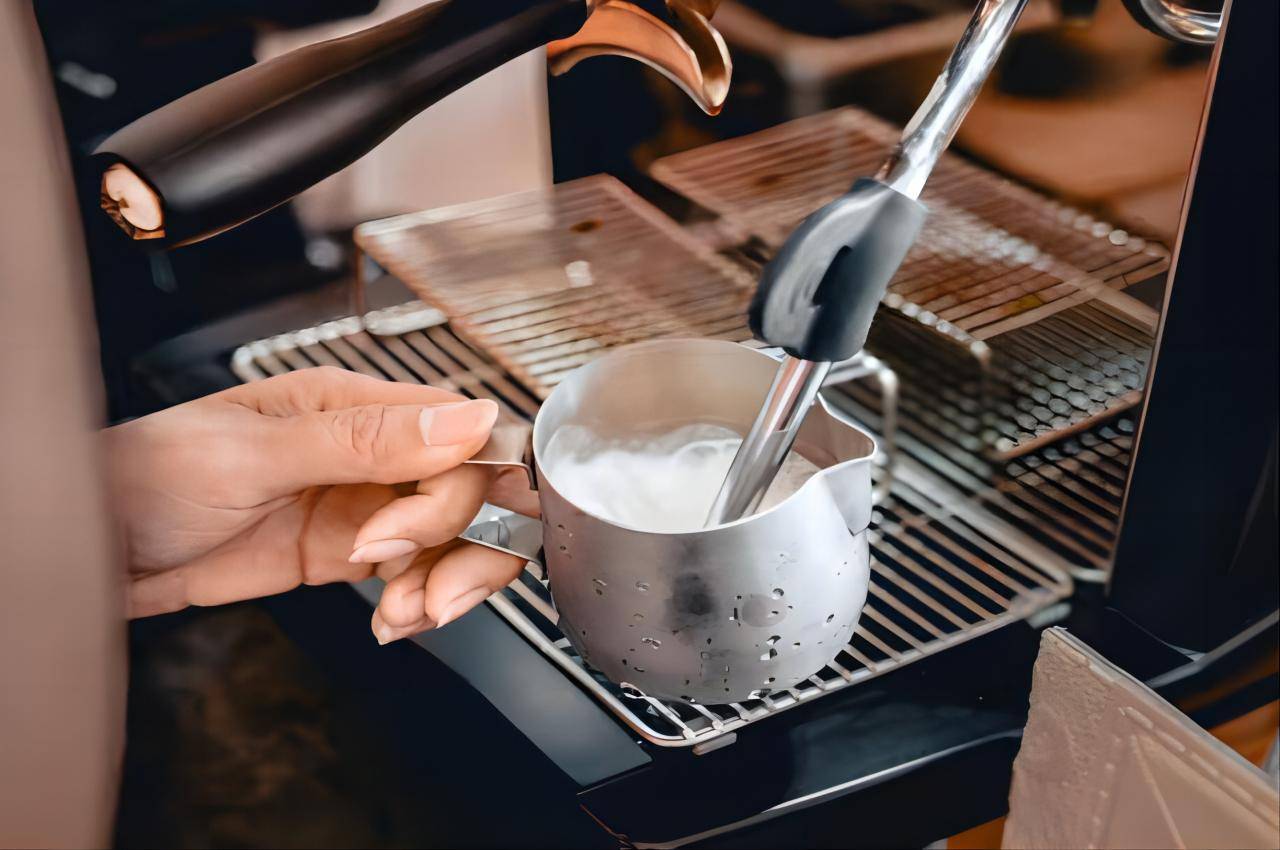Choosing Coffee For the Outdoors:
A Guide for the Coffee Lovers on the Go
Did you know that over 150 million Americans are avid coffee drinkers? That's a staggering statistic, and it speaks volumes about the importance of this beloved beverage. But what happens when your morning routine takes a detour into the great outdoors? Can you still enjoy that perfect cup of coffee amidst nature's embrace? Absolutely!
With a little planning and the right gear, you can brew a delicious cup of coffee no matter where your outdoor pursuits take you.
We’ll help you learn about how to make portable coffee and brewing methods - providing you with information and tools to craft that perfect cup amidst the wilderness.
Subscribe
To join our mailing list and never miss event update!
Know Your Grind Closely: Freshness Is Key
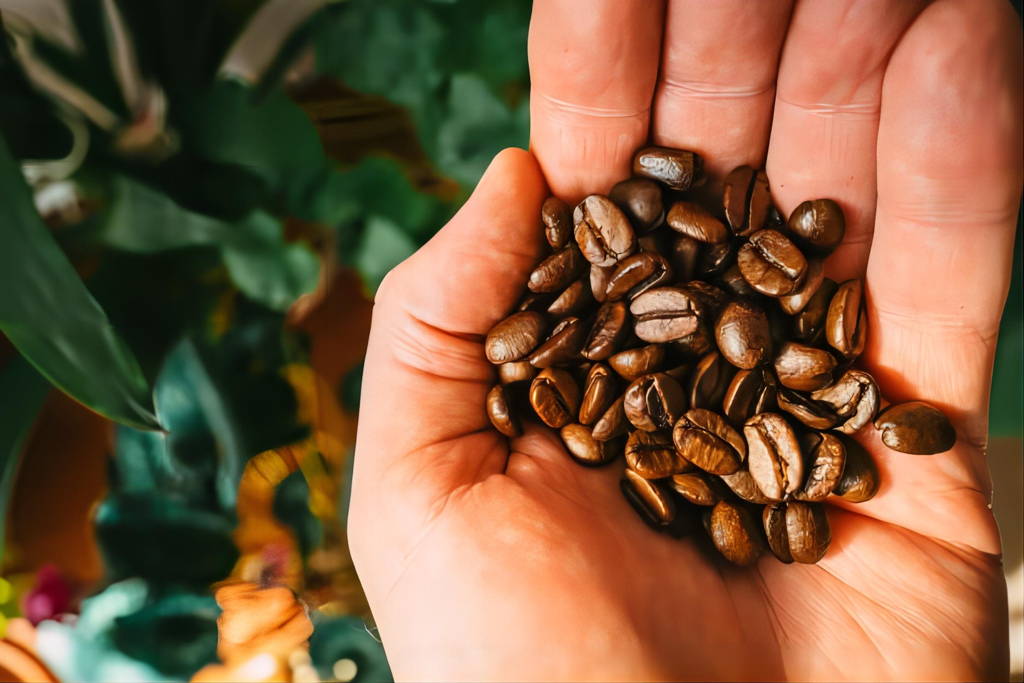
Portable Brewing Methods: A Coffee Oasis in Your Backpack
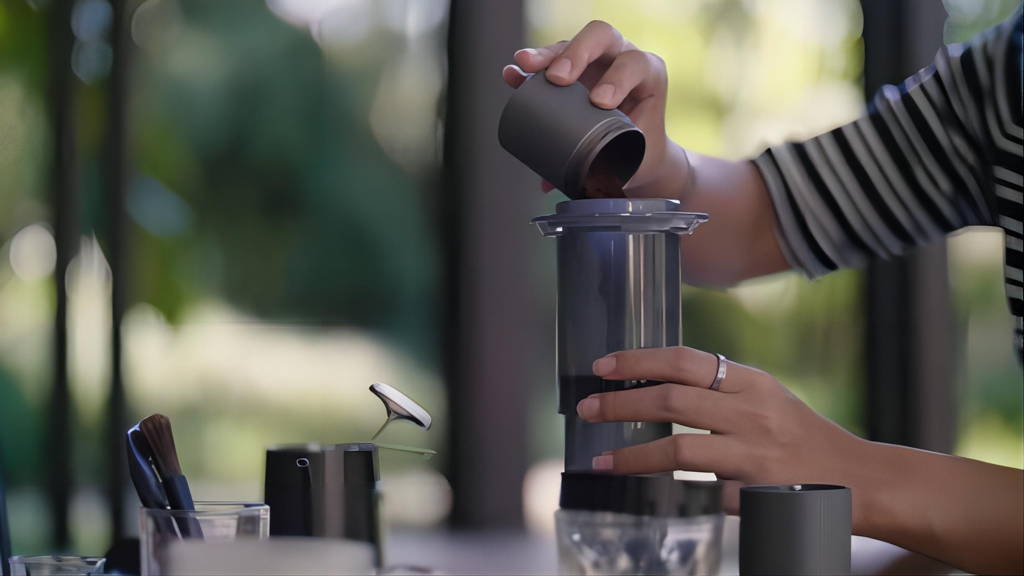
What Coffee Equipment is Required for Outdoor Brewing?
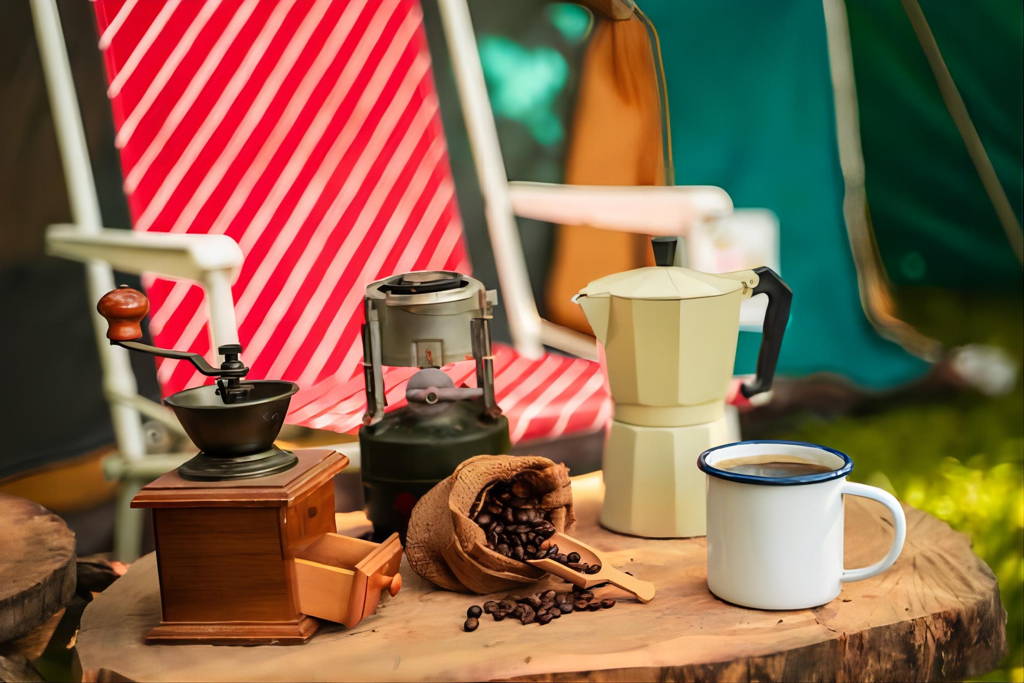
Choosing Your Coffee: Roast, Origin, and Flavor Profile
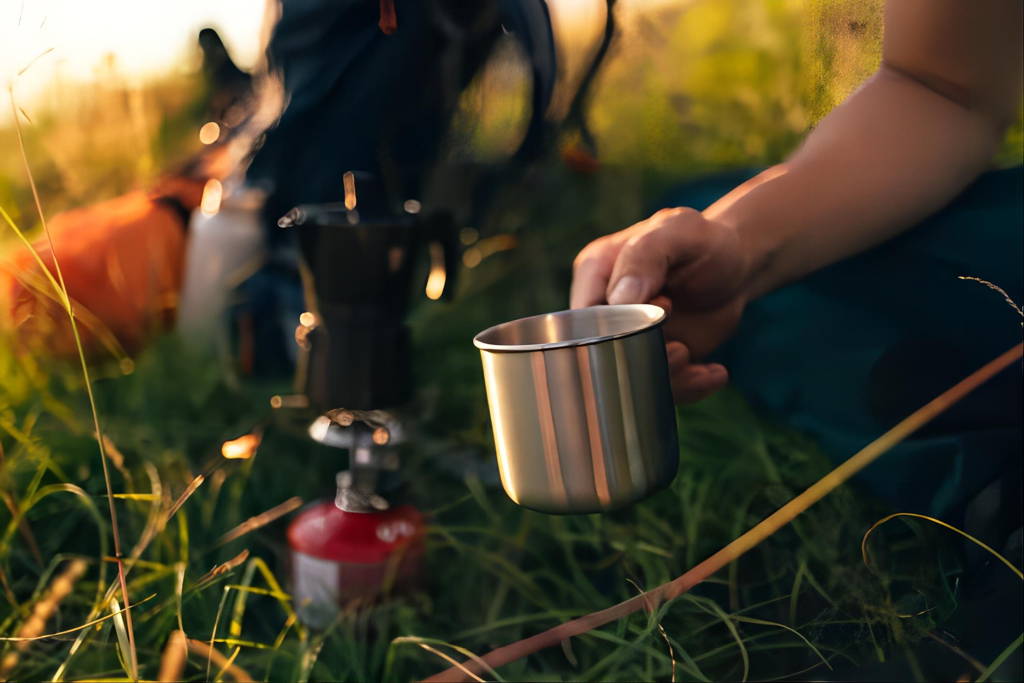
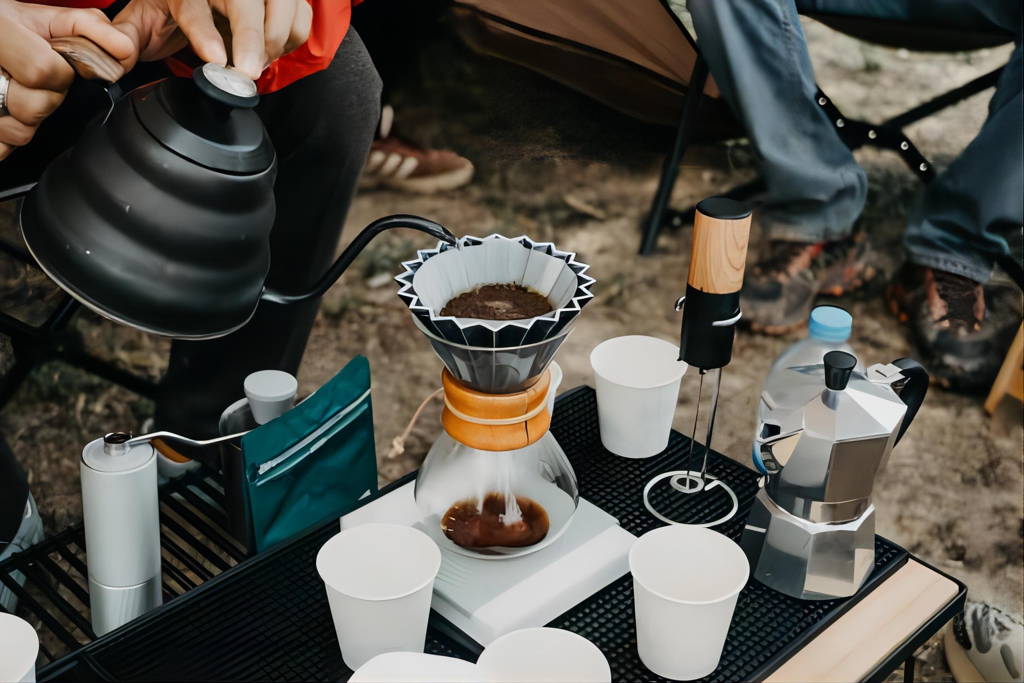
Final Words
With your newfound expertise in grinding, brewing methods, essential gear, and coffee selection, crafting a perfect cup of coffee awaits on your next outdoor escapade.
Embrace the simplicity and versatility of portable brewing. Dare to experiment! Discover a brewing technique that resonates with your style and a coffee that excites your palate.
Subscribe
To join our mailing list and never miss a baby update!
